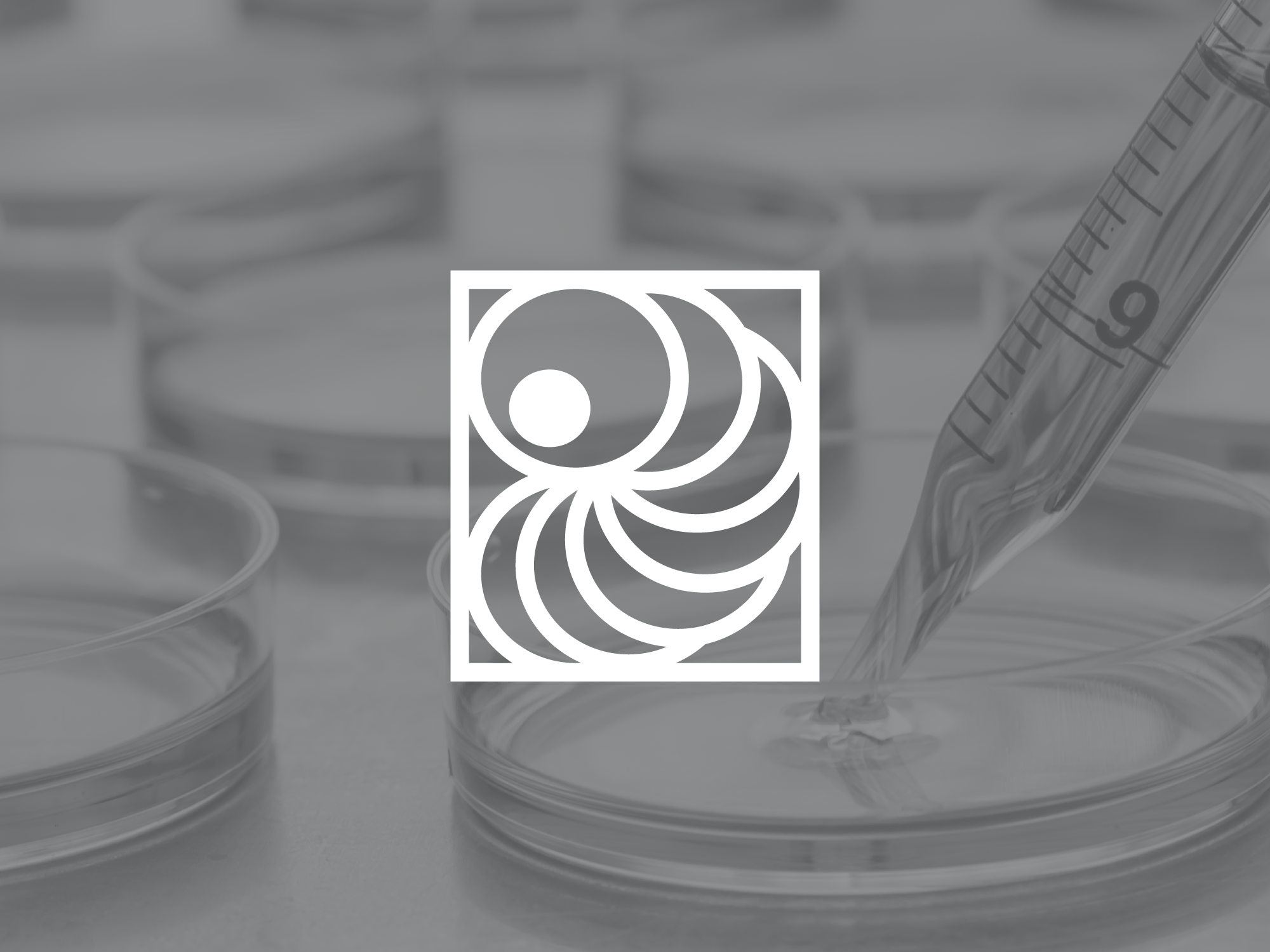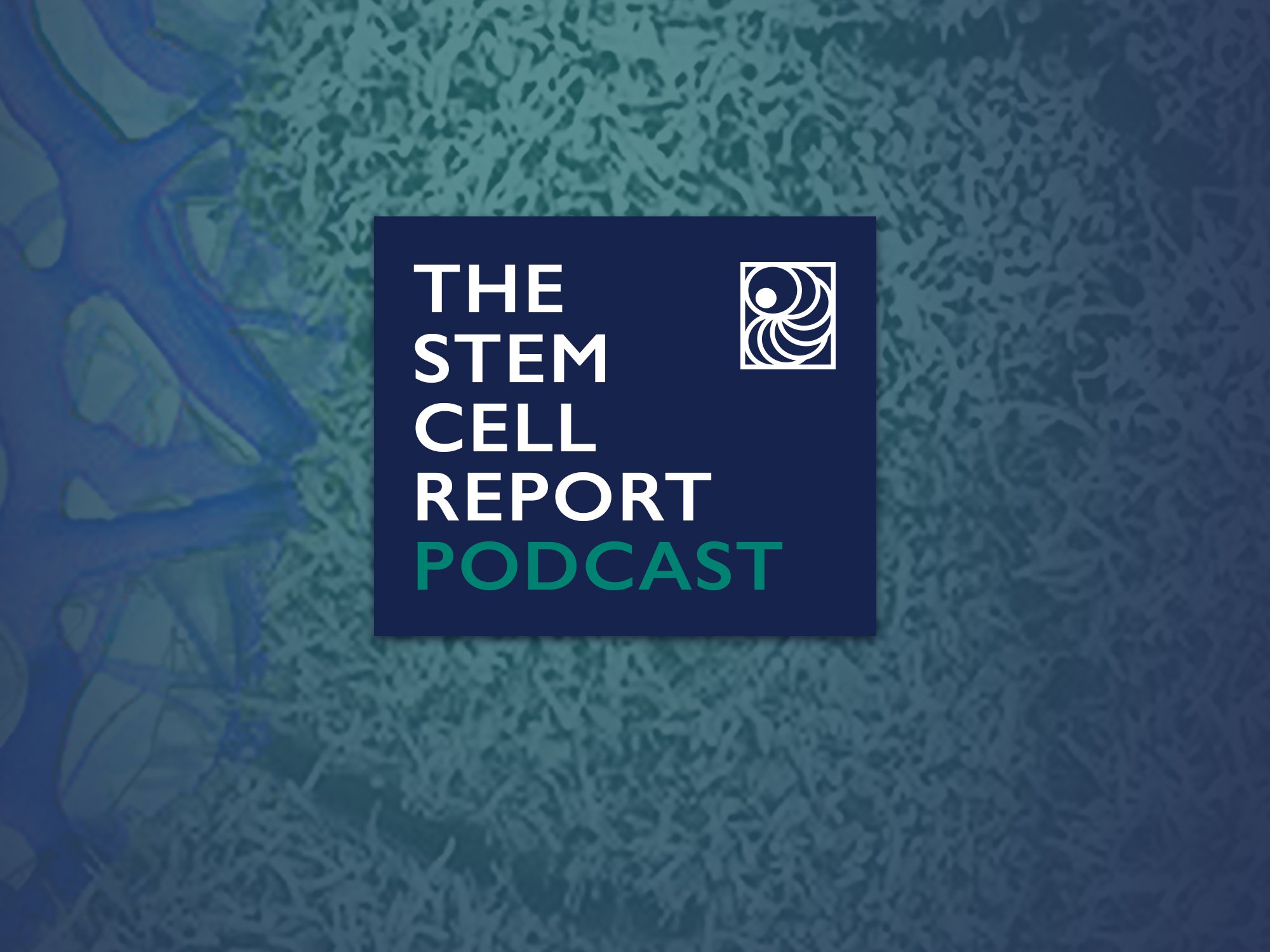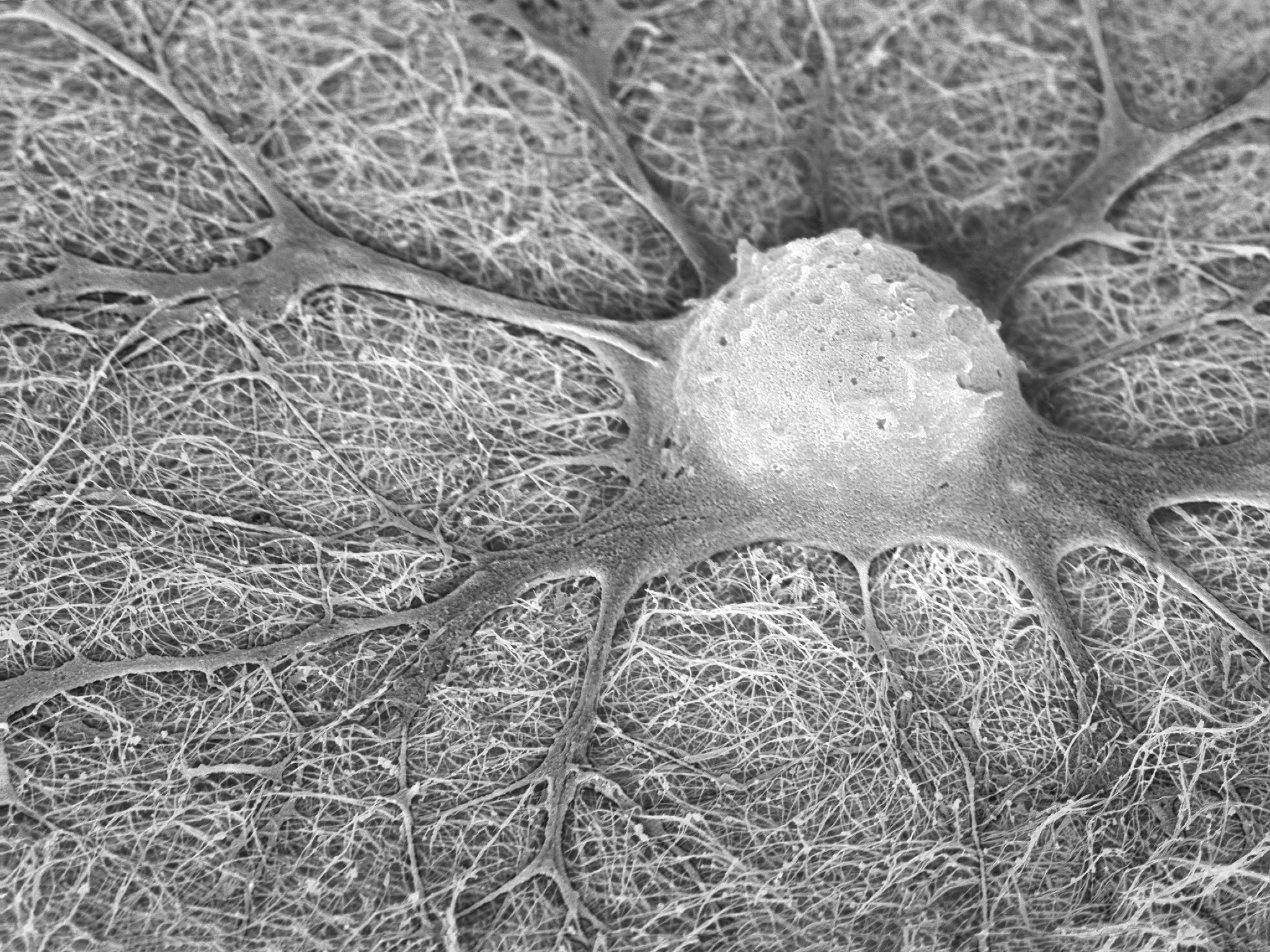ISSCR News

ISSCR Guidelines for Stem Cell Research and Clinical Translation Document Now Available in Korean
The ISSCR is pleased to announce the availability of the Korean language version of the Guidelines for Stem Cell Research and Clinical Translation.

ISSCR Standards for Human Stem Cell Use in Research Document Now Available in Japanese
The ISSCR is pleased to announce the availability of the Japanese language version of the Standards for Human Stem Cell Use in Research.

New Podcast Episode. Going Out on a LIM: Rethinking the Role of LMX1A in Patterning Dopaminergic Neurons
This episode of The Stem Cell Report will discuss the process of directing stem cells to acquire the proper identity, an essential step in the development of effective and durable cell replacement therapies. Specifically, we will talk about the process of directing cells into a ventral mesencephalic dopaminergic fate for treating Parkinson’s disease.

New Podcast Episode. No Oligo Monopoly: Oligodendrocyte Precursor Cells in the Developing Cortex
Myelination is one of the last events during mammalian brain development and is thought to continue into young adulthood in humans. Even in adulthood, ongoing low-level myelination is essential for neural homeostasis, and for dynamic processes such as learning and memory. Deficits in myelination resulting in abnormal white matter and disruption of neuronal function are observed in a wide variety of disorders of the CNS. One strategy for alleviating these deficits is to enhance the genesis of myelin-forming oligodendrocytes from their upstream precursor parents, oligodendrocyte precursor cells (OPCs). However, the capability of these OPCs to contribute to remyelination in injury or disease in the adult CNS remains unclear. To better understand adult oligodendrogenesis and remyelination, our guests today characterized and compared murine OPCs during early postnatal myelination with those from adult injury-induced adult remyelination. Their findings identify two developing OPC groups subserving distinct postnatal functions and suggest that neonatal and adult OPC-mediated oligodendrogenesis are fundamentally different, The findings have important implications for therapeutic interventions aimed at myelin repair.

New Podcast Episode. Enhancing Connections: Rebuilding Neural Circuits in Spinal Cord Injury
Biomedical researchers have long sought ways to repair spinal cord damage with the holy grail of the pursuit being the reconstitution of lost function. In the mid 1990’s with the successful culture of human embryonic stem cells, and about a decade later induced pluripotent stem cells (iPSCs), the field was energized with a potential new approach to replace the lost neurons and glia cells and restoring neural connections. In the decades since that discovery some progress has been made, however many hurdles remain, including establishing a functional synaptic connection between the transplanted and host neurons which is crucial for motor function recovery. To boost therapeutic outcomes our guests tested an ex vivo gene therapy to promote synapse formation between the donor and host neurons by expressing the synthetic excitatory synapse organizer CPTX in hiPSCs-derived neural stem and progenitor cells. Tune in to learn what they discovered.

Receive ISSCR Press Releases
Sign up be a part of ISSCR’s media list. Media Contact: Kym Kilbourne, Director of Media and Strategic Communications
Subscribe to ISSCR News.
Each month, ISSCR delivers scientific, policy, and community to your inbox .
